
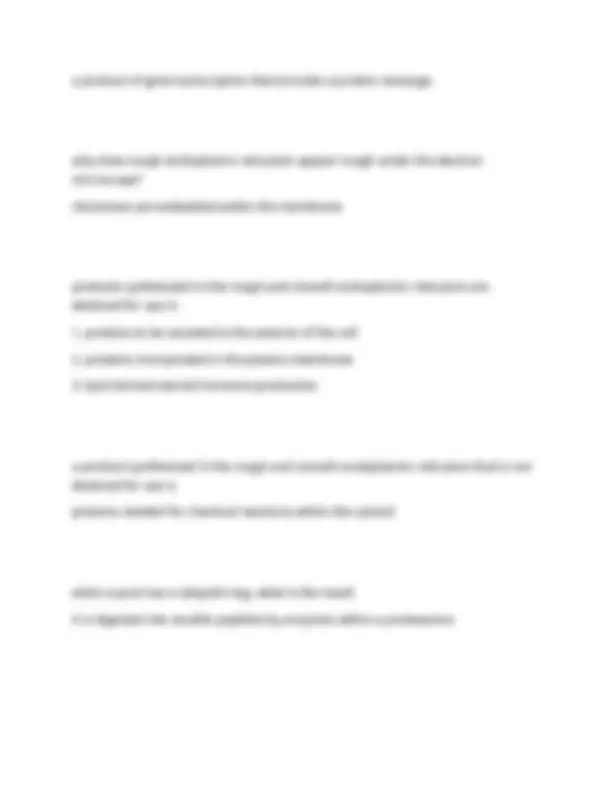
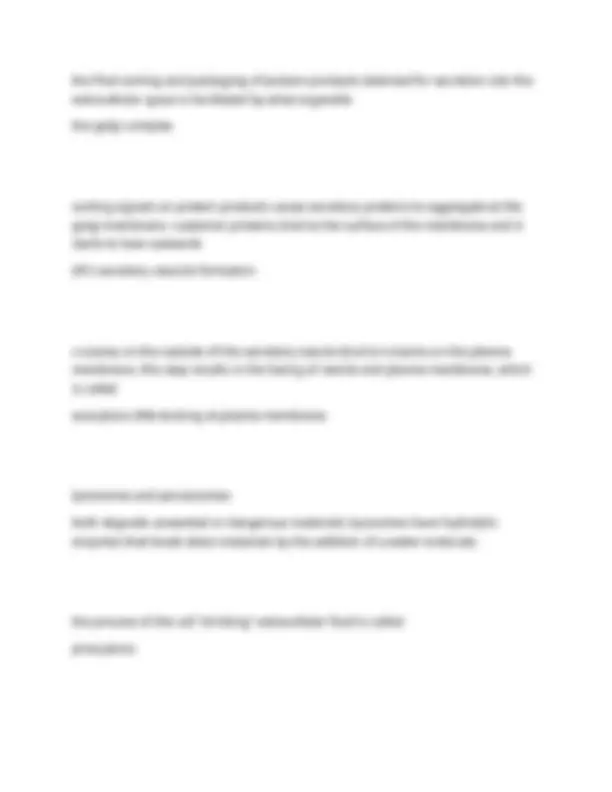
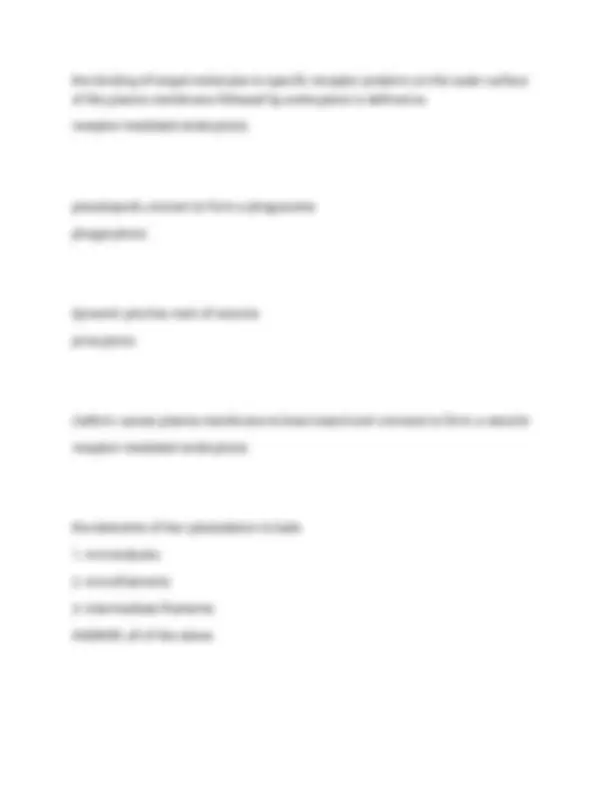
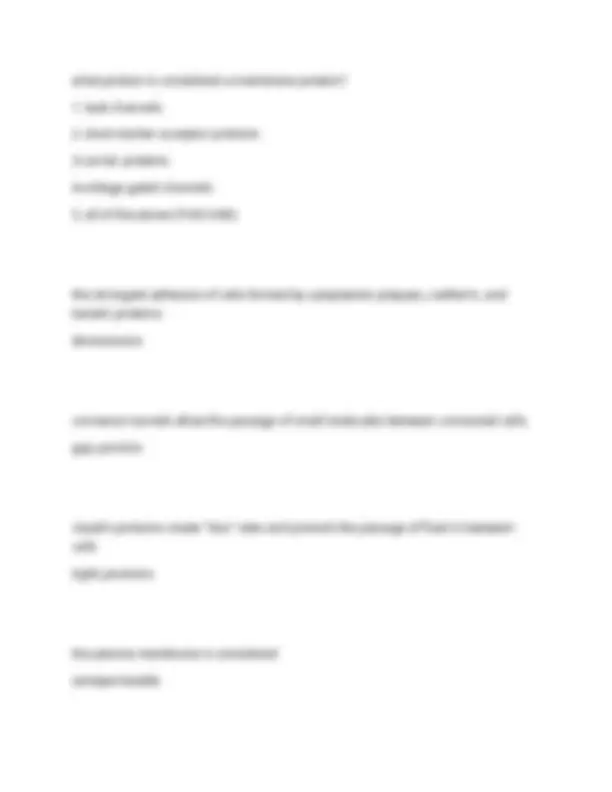
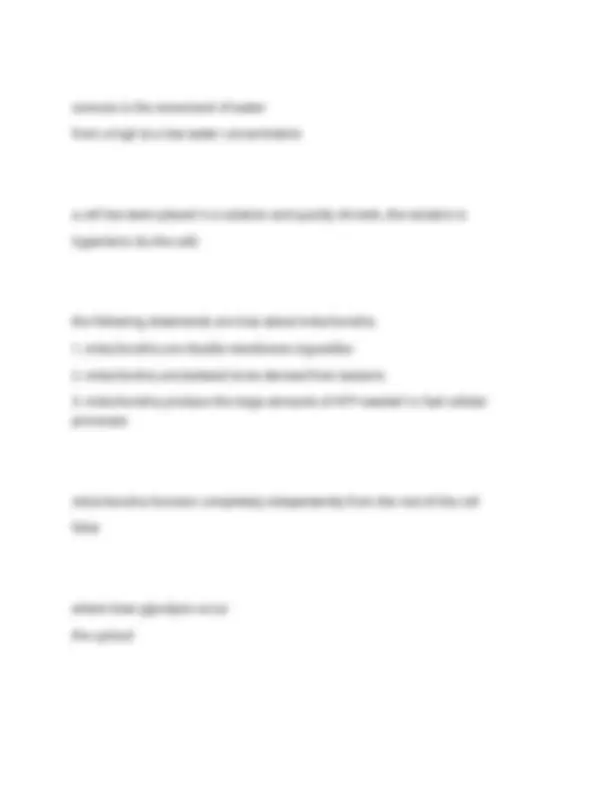
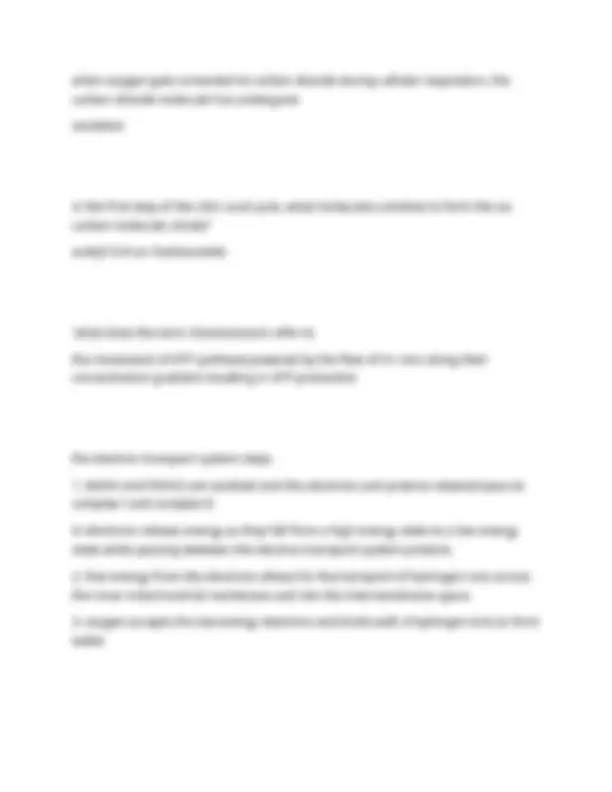
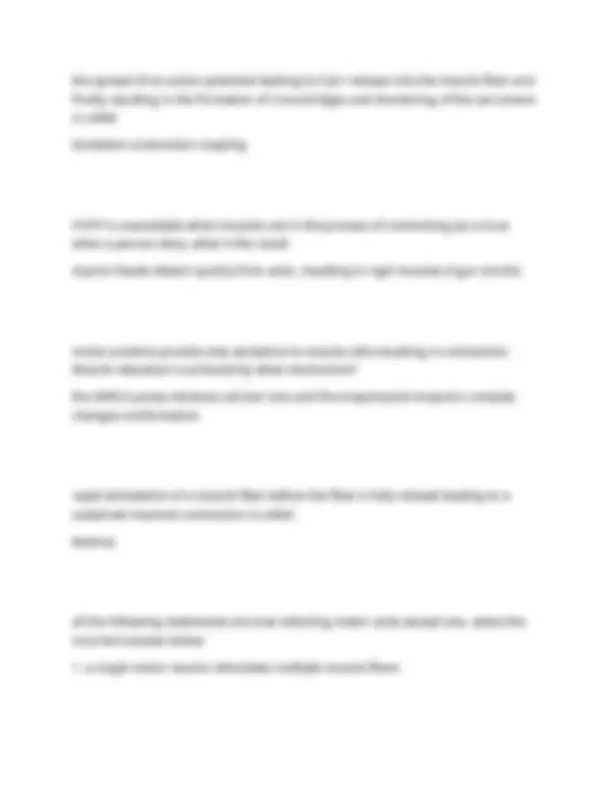
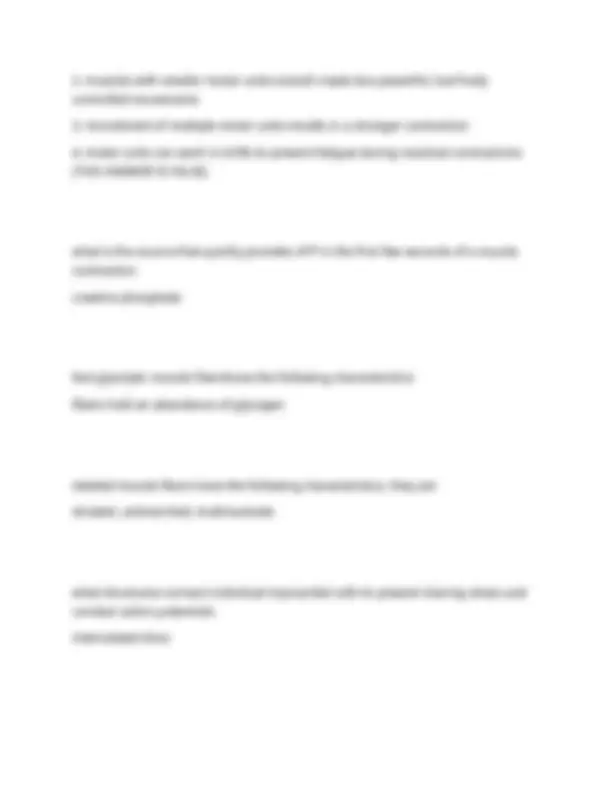
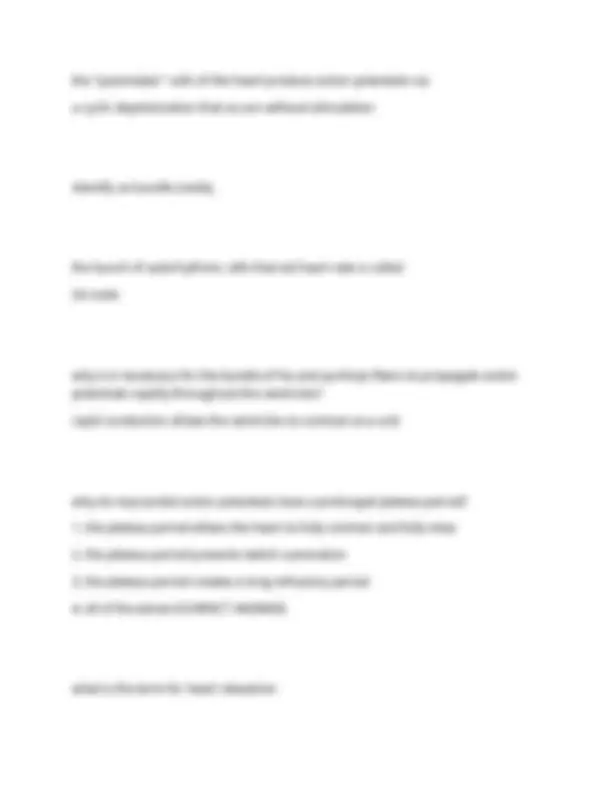
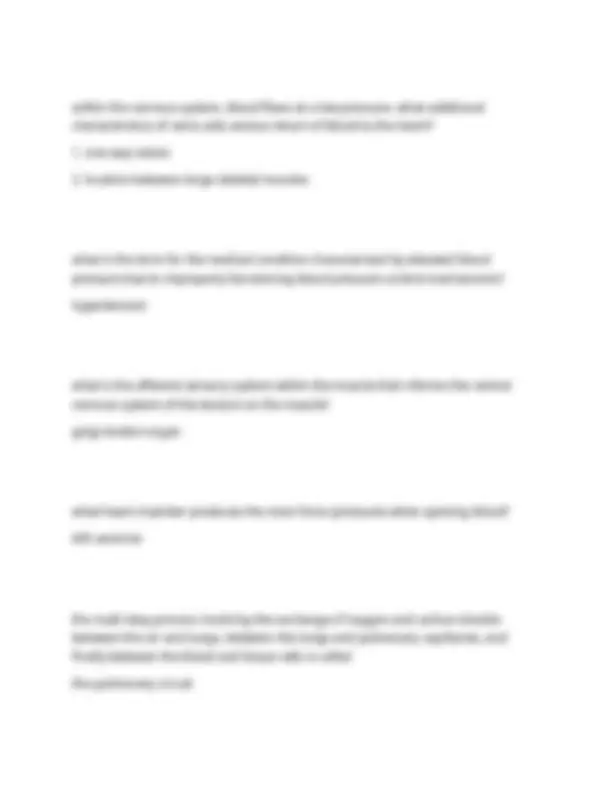
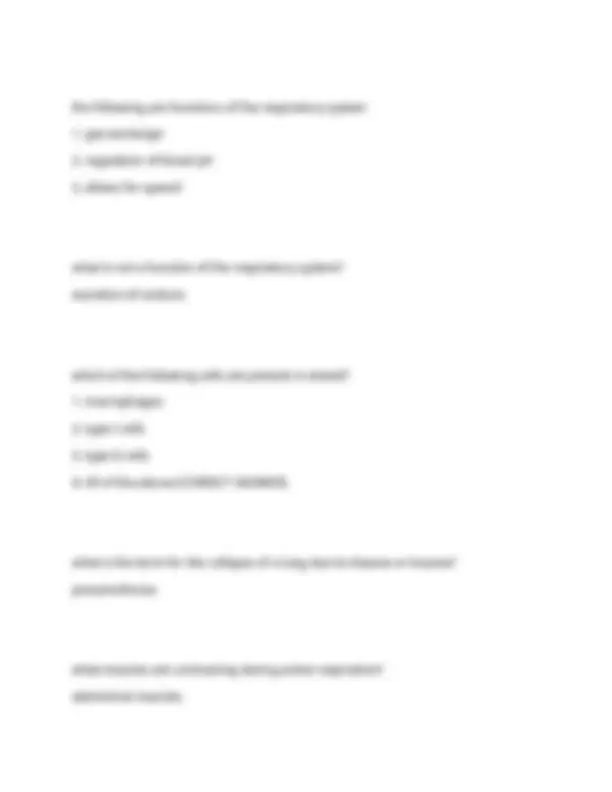
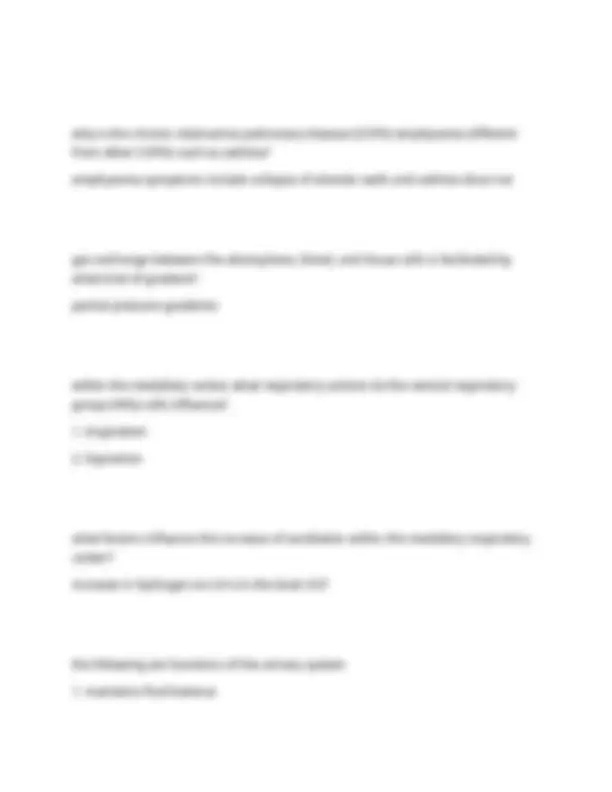
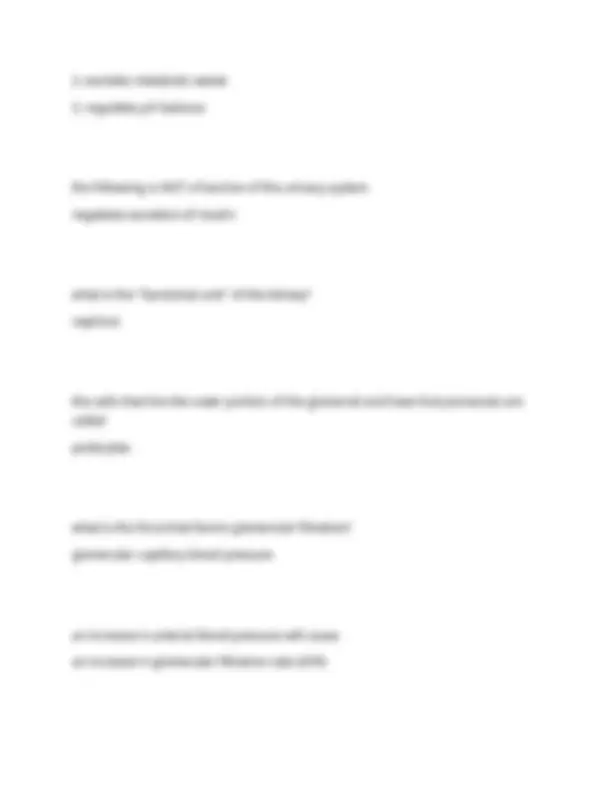
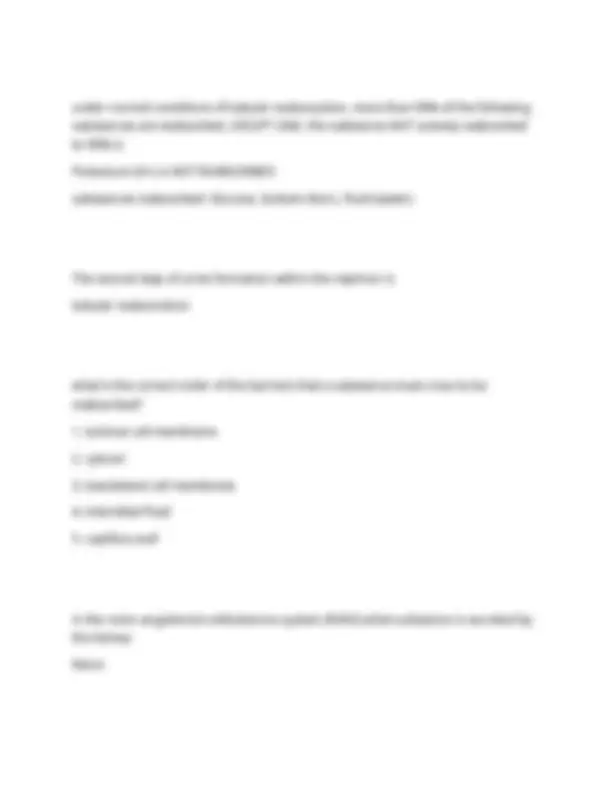
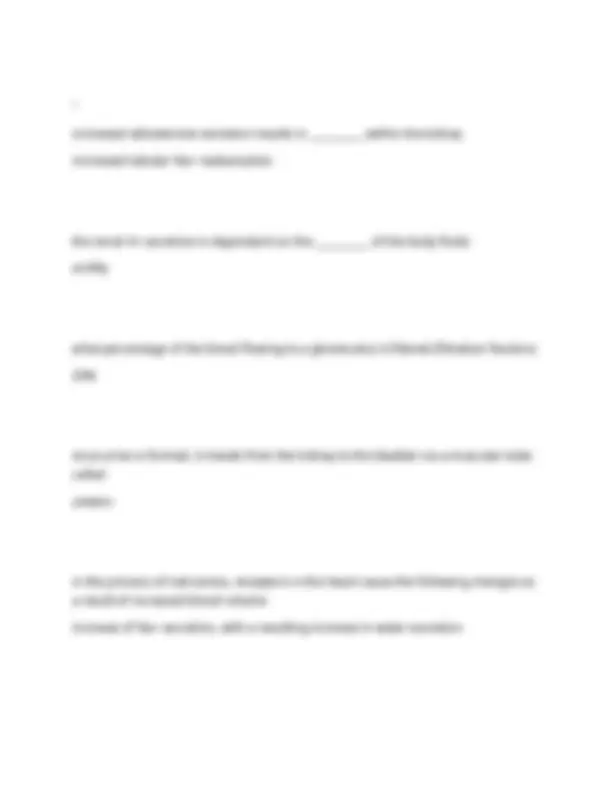
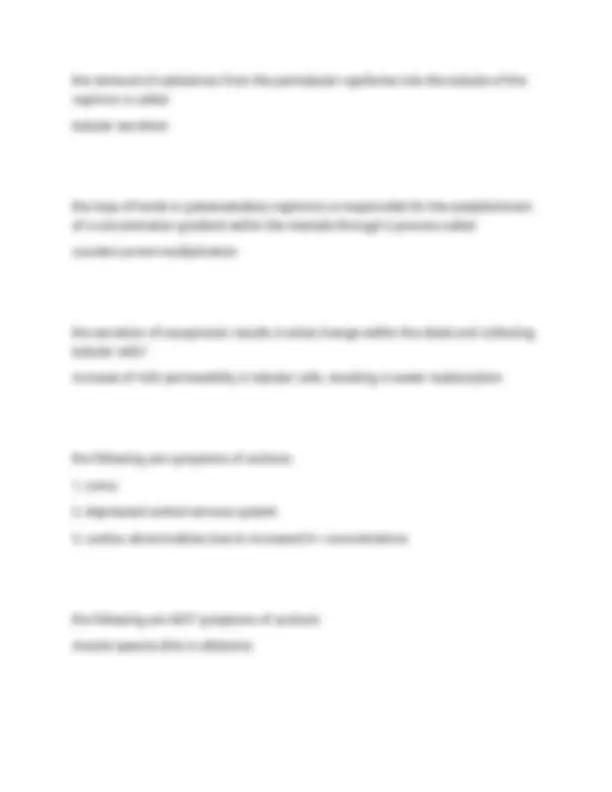
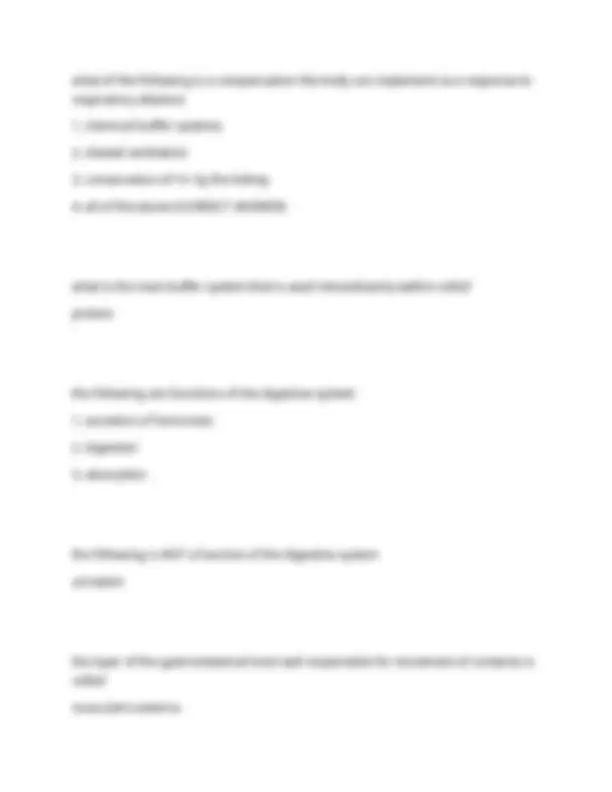
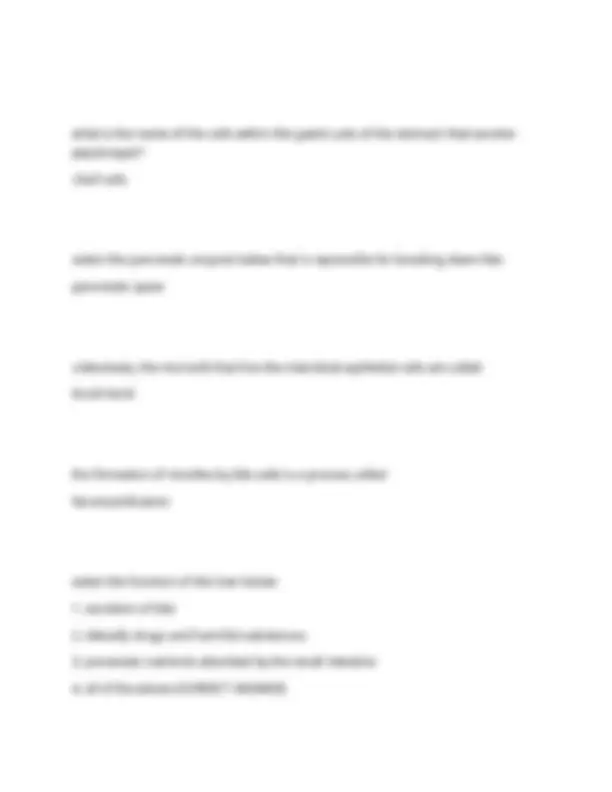
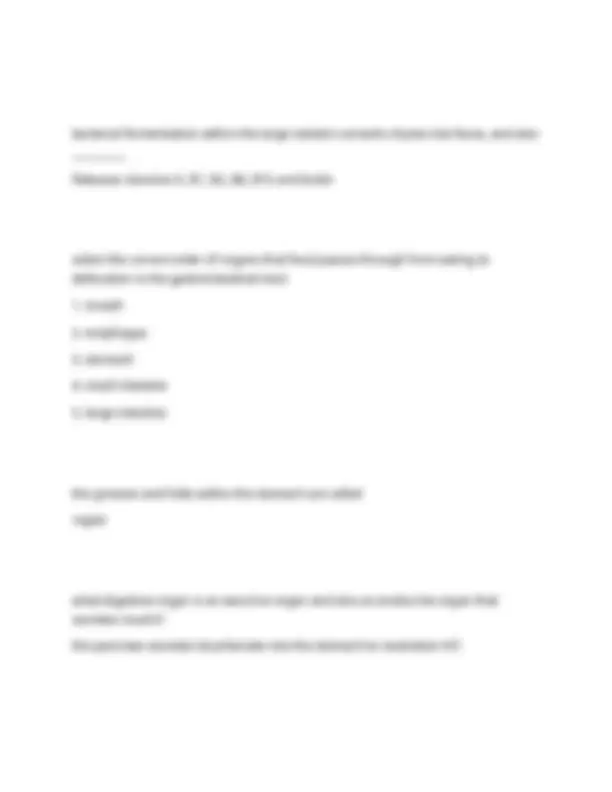
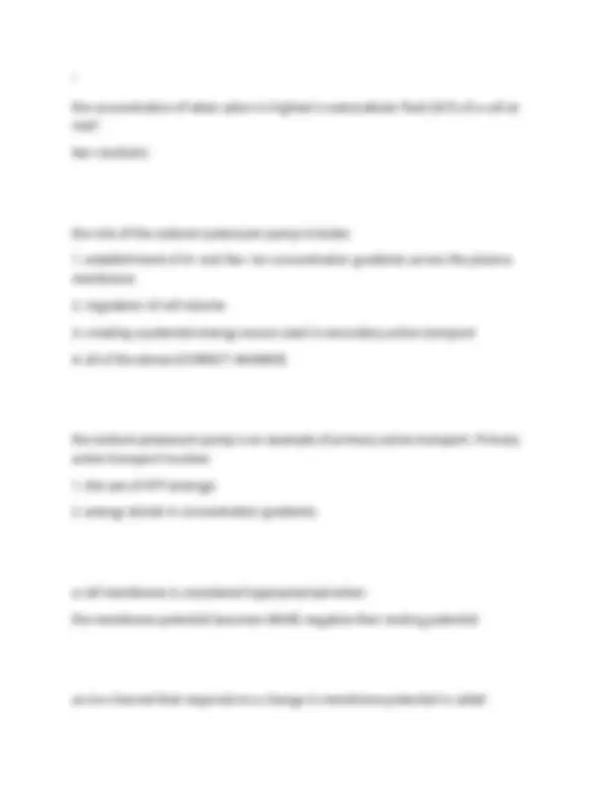
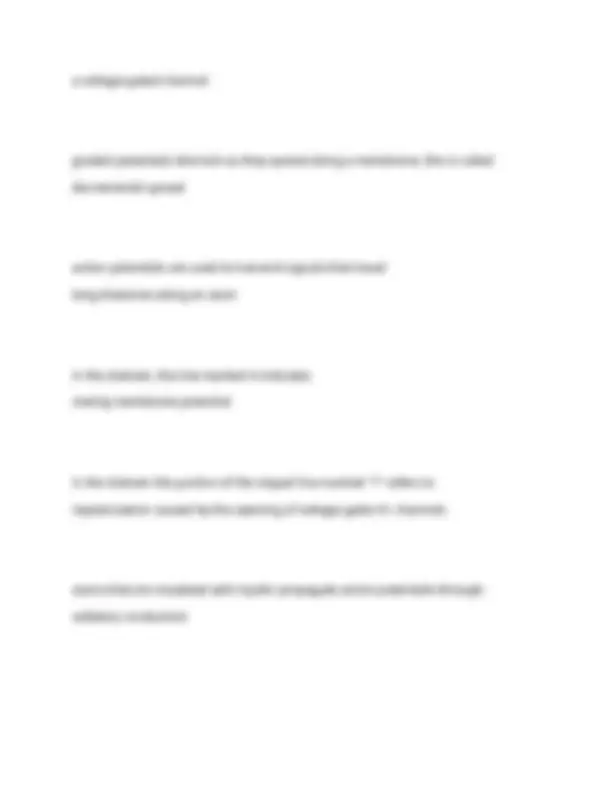
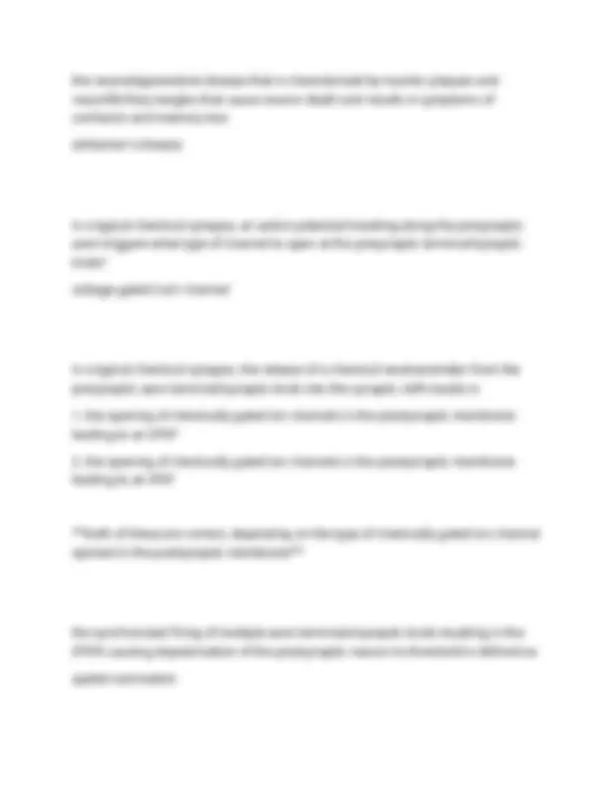
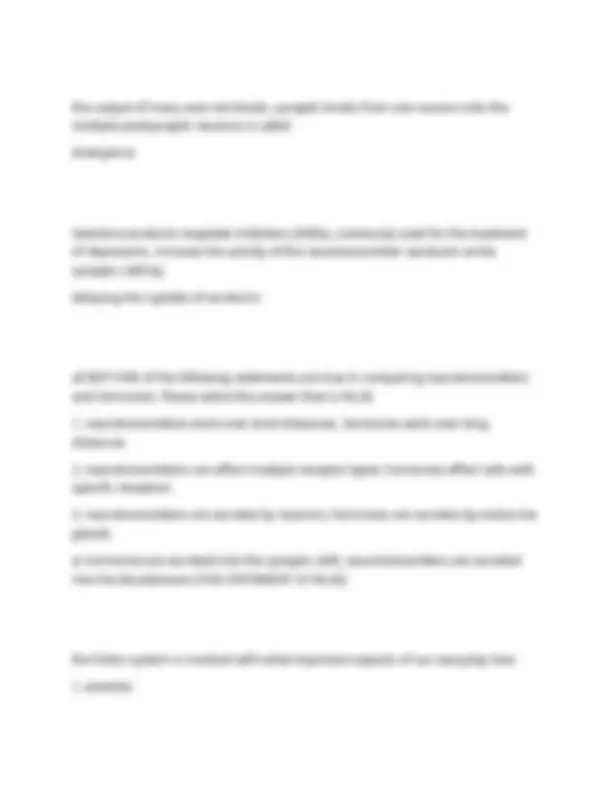
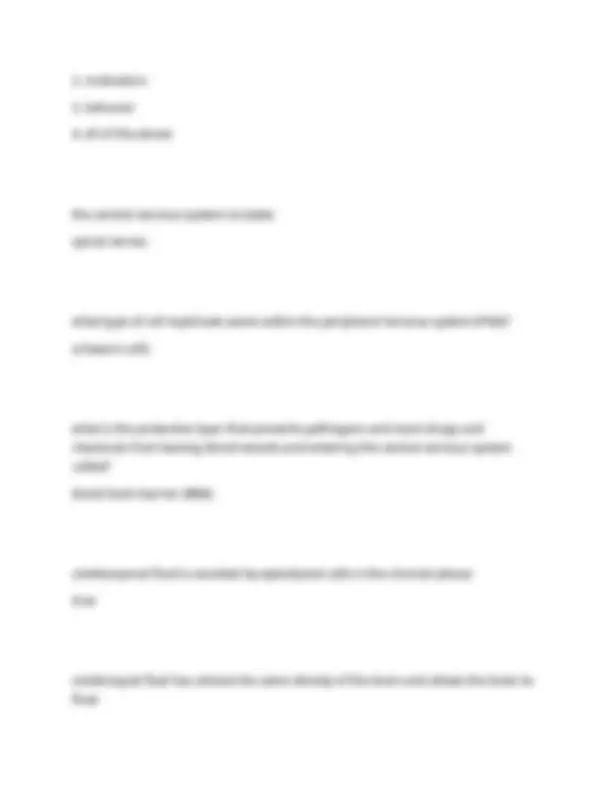
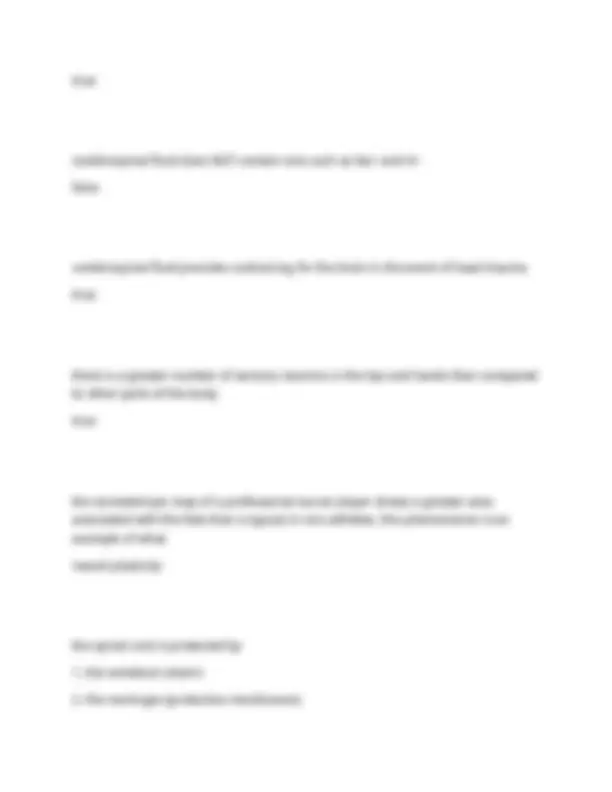
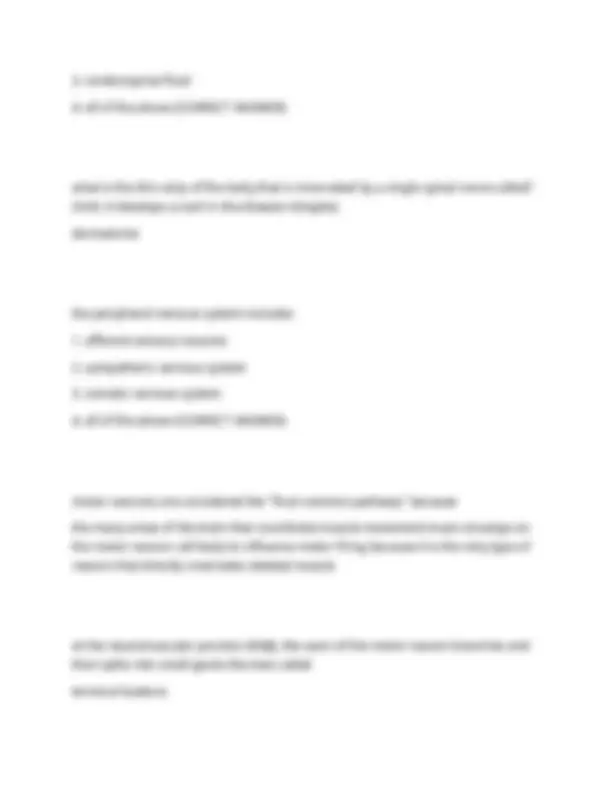
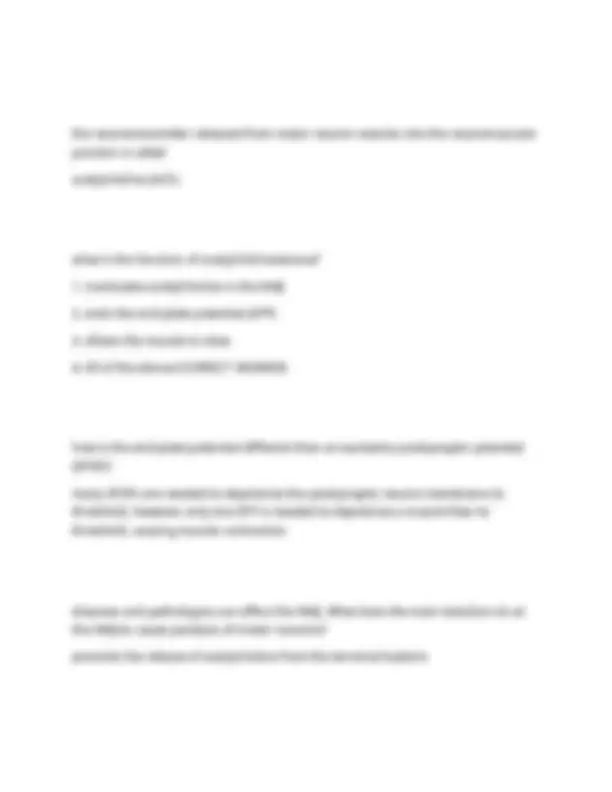
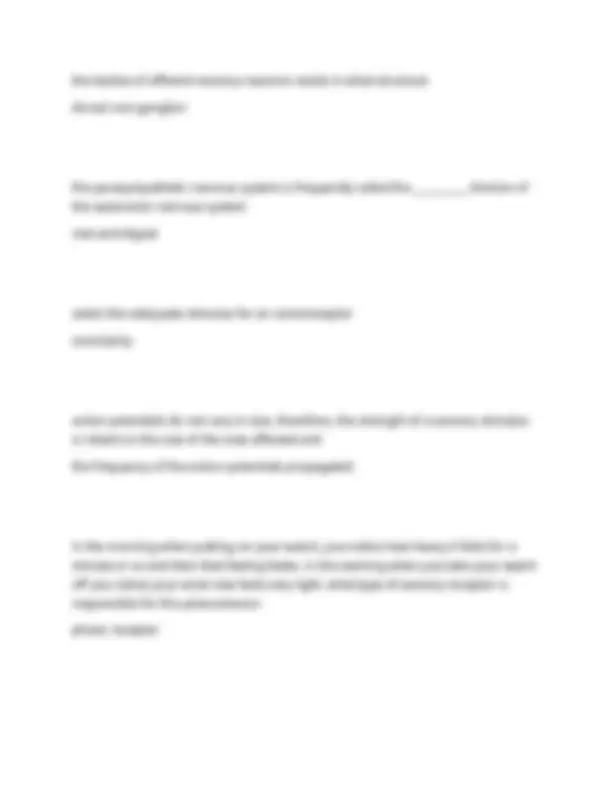
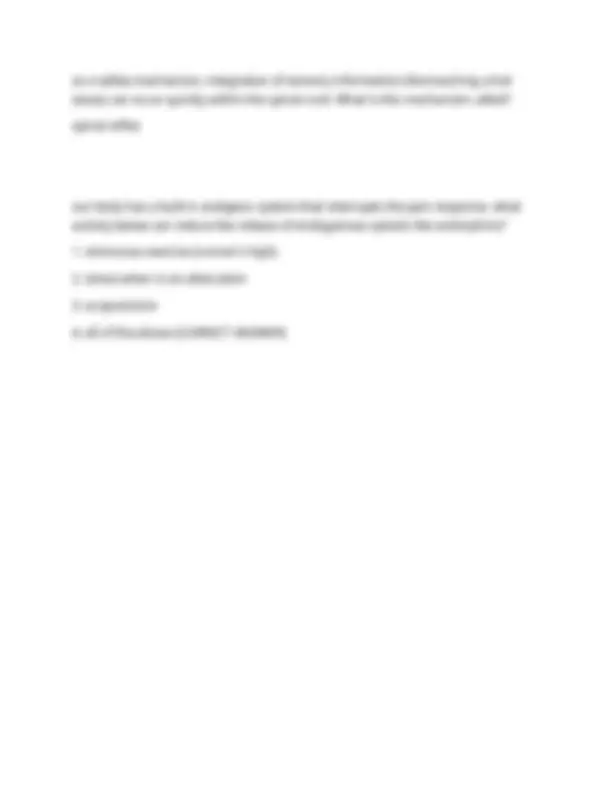


Study with the several resources on Docsity

Earn points by helping other students or get them with a premium plan


Prepare for your exams
Study with the several resources on Docsity

Earn points to download
Earn points by helping other students or get them with a premium plan
Community
Ask the community for help and clear up your study doubts
Discover the best universities in your country according to Docsity users
Free resources
Download our free guides on studying techniques, anxiety management strategies, and thesis advice from Docsity tutors
A comprehensive set of questions and answers covering various aspects of cell biology. it's ideal for students preparing for exams, offering detailed explanations to reinforce understanding of key concepts such as cell structure, function, and processes like cellular respiration and muscle contraction. The questions delve into topics like organelles, cytoskeleton, membrane transport, and energy production, making it a valuable resource for solidifying knowledge in this field.
Typology: Exams
1 / 37

This page cannot be seen from the preview
Don't miss anything!






























the following are basic cell functions of all cells except generating electrical impulses in order to relay information to other cells what is the proper progression of the levels of organization of the body? chemicals, cells, tissues, organs, body systems, whole body epithelial tissue has the following functions
skeletal muscles act as effectors a homeostatic response
the final sorting and packaging of protein products destined for secretion into the extracellular space is facilitated by what organelle the golgi complex sorting signals on protein products cause secretory proteins to aggregate at the golgi membrane. coatomer proteins bind to the surface of the membrane and it starts to bow outwards (#1) secretory vessicle formation v-snares on the outside of the secretory vesicle bind to t-snares on the plasma membrane. this step results in the fusing of vesicle and plasma membrane, which is called exocytosis (#4) docking at plasma membrane lysosomes and peroxisomes both degrade unwanted or dangerous materials: lysosomes have hydrolytic enzymes that break down materials by the addition of a water molecule. the process of the cell "drinking" extracellular fluid is called pinocytosis
the binding of target molecules to specific receptor proteins on the outer surface of the plasma membrane followed by endocytosis is defined as receptor-mediated endocytosis pseudopods connect to form a phagosome phagocytosis dynamin pinches neck of vessicle pinocytosis clathrin causes plasma membrane to bow inward and connects to form a vessicle receptor-mediated endocytosis the elements of the cytoskeleton include
observe what dynein arms are the statements below regarding microfilaments are all true EXCEPT
what protein is considered a membrane protein?
when oxygen gets converted to carbon dioxide during cellular respiration, the carbon dioxide molecule has undergone oxidation in the first step of the citric acid cycle, what molecules combine to form the six carbon molecule citrate? acetyl-CoA an Oxaloacetate `what does the term chemiosmosis refer to the movement of ATP synthase powered by the flow of H+ ions along their concentration gradient resulting in ATP production the electron transport system steps
what mitochondrial process is involved in both the electron transport system and apoptosis cytochrome C cardiac muscle cells have the following characteristics. they are striated, branched, and have a single nucleus select a true statement regarding myofibrils
the spread of an action potential leading to Ca2+ release into the muscle fiber and finally resulting in the formation of cross-bridges and shortening of the sarcomere is called Excitation-contraction coupling if ATP is unavailable when muscles are in the process of contracting (as is true when a person dies), what is the result myosin heads detach quickly from actin, resulting in rigid muscles (rigor mortis) motor proteins provide only excitation to muscle cells-resulting in contraction. Muscle relaxation is achieved by what mechanism? the SERCA pump retrieves calcium ions and the tropomyosin-troponin complex changes conformation rapid stimulation of a muscle fiber before the fiber is fully relaxed leading to a sustained maximal contraction is called tetanus all the following statements are true refarding motor units except one. select the incorrect answer below
diastole Most ventricular filling occurs during what period of the heart cycle? atrial and ventricular diastole the T wave if the ECG represents what portion of the cardiac cycle? ventricular repolarization a cardiac arrythmia that results in a heart rate that is too slow is called bradycardia (too fast is called tachycardia) the scarring of heart valves by a toxin produced by bacteria causes what type of childhood illness strep throat (scarlet fever) how does the sympathetic division of the ANS effect cardiac heart rate? decreases permeability of K+, resulting in a faster heart rate.
what is the mechanism of extrinsic control of cardiac stroke volume? the sympathetic division increases ventricular contraction coronary arterial disease involves what change(s) to the cardiovascular system? creation of "plaque" within arterial walls large elastic arteries act as a _____ reservoir in the cardiovascular system pressure the increased metabolic state of cells (like in exercising muscle) causes__________ within the adjacent arterioles to increase blood flow vasodilation what changes to baroreceptors within the aorta and carotid arteries detect? mean arterial pressure (MAP) under normal conditions of bulk flow within capillary beds, more fluid plasma is filtered than is reabsorbed. to prevent edema, where does the remaining fluid go? it is absorbed by initial lymphatic vessels
the following are functions of the respiratory system
why is the chronic obstructive pulmonary disease (COPD) emphysema different from other COPDs such as asthma? emphysema symptoms include collapse of alveolar walls and asthma does not gas exchange between the atmosphere, blood, and tissue cells is facilitated by what kind of gradient? partial pressure gradients within the medullary center, what respiratory actions do the ventral respiratory group (VRG) cells influence?